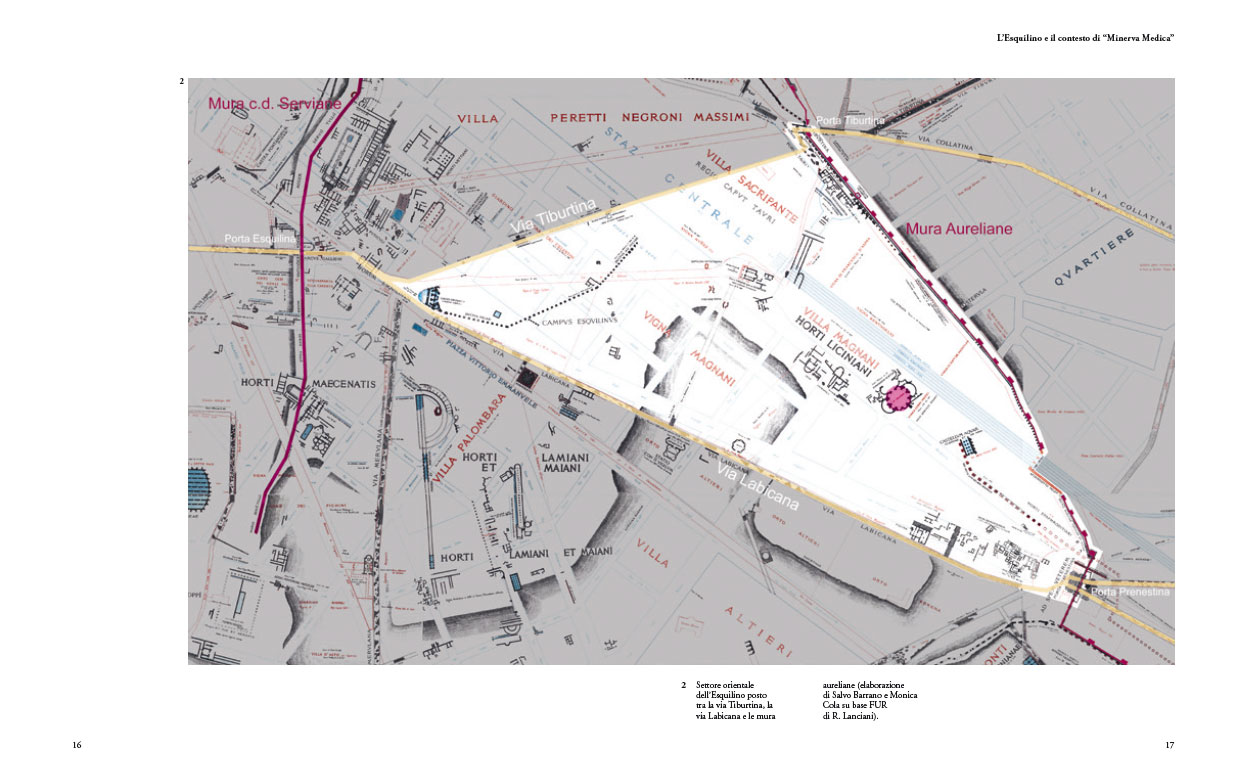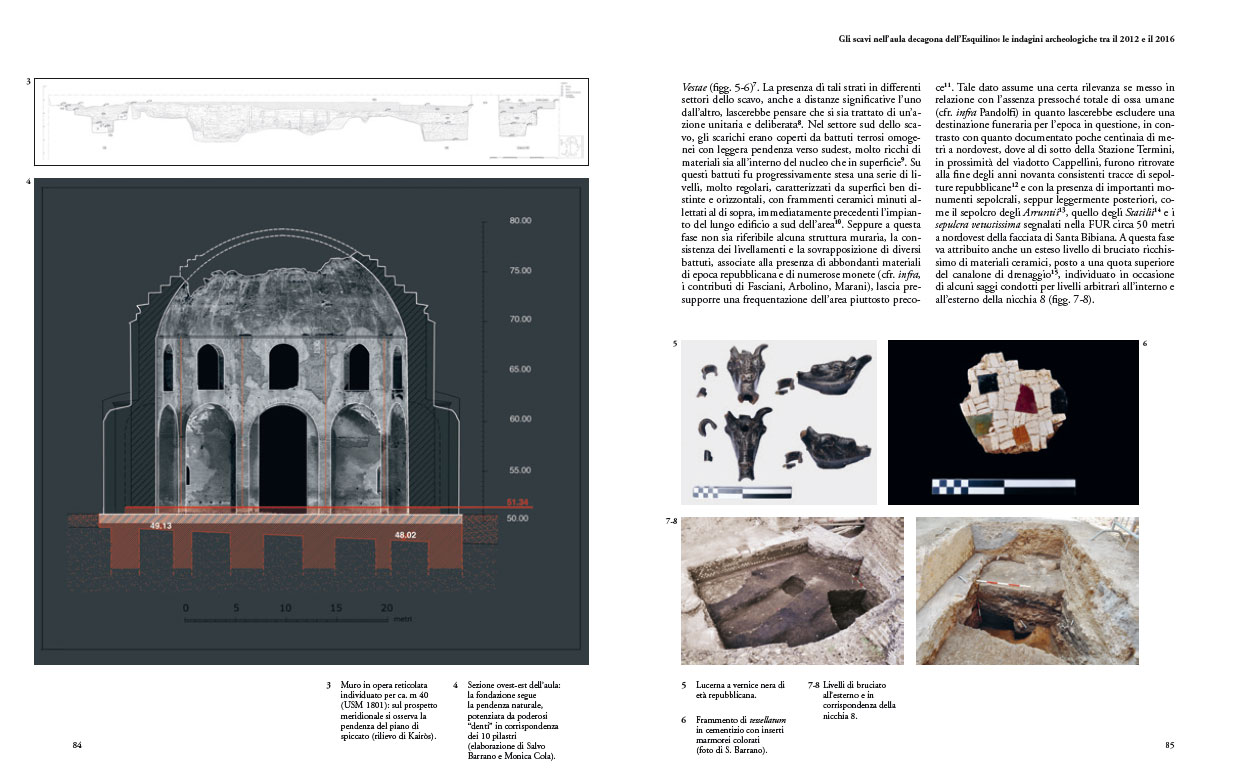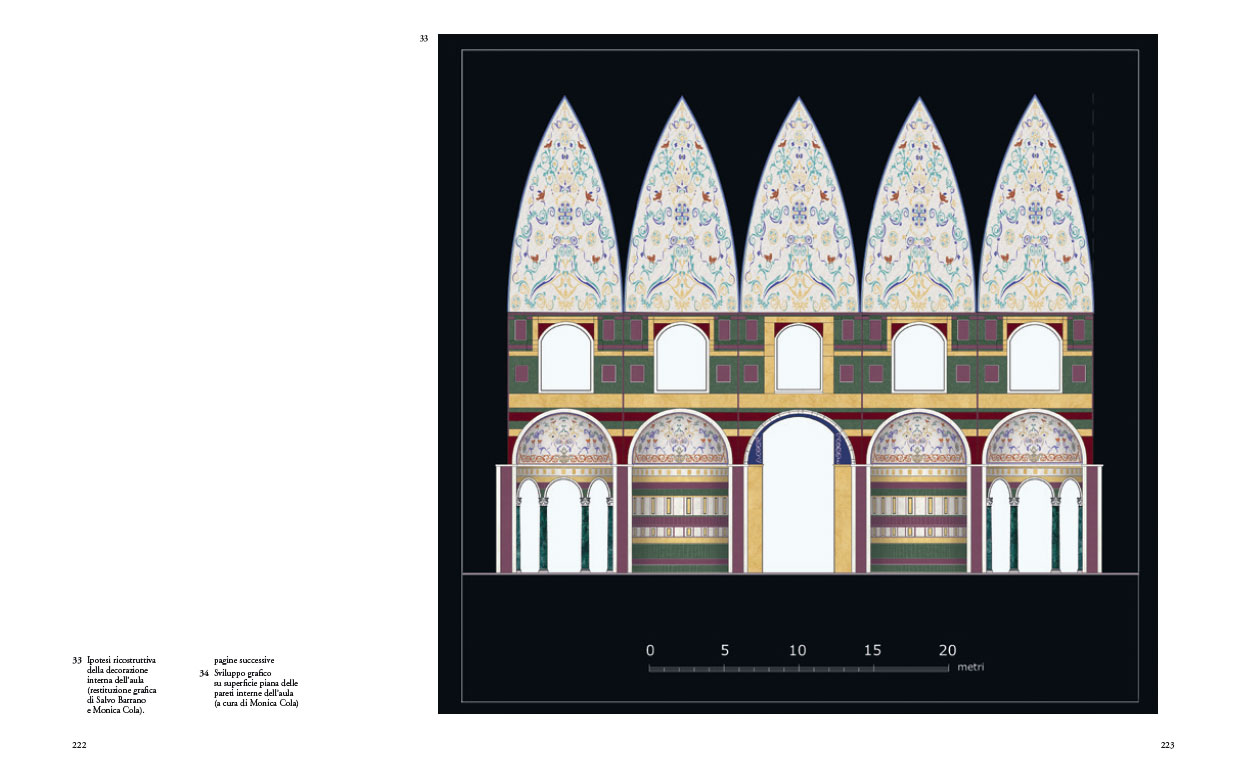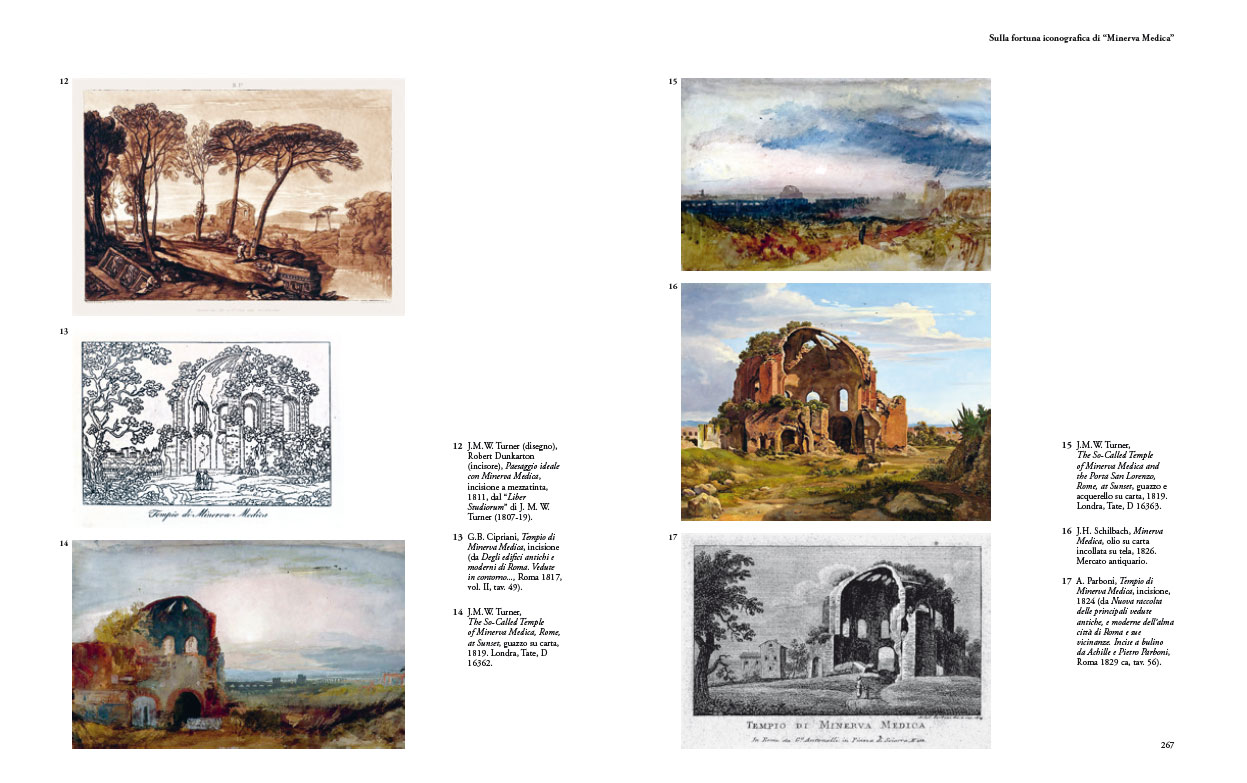The first complete monograph on one of the most singular and daring Roman monuments from the fourth century, Minerva Medica was to exert both a strong influence on modern architecture and be the protagonist of vedutismo landscape painting.
The majestic, isolated ruin of the so-called Temple of Minerva Medica, with its imposing size and bold design, furnished an exemplary model for architects from the Renaissance onwards. As one of the most recognizable monuments in Rome, it was also immortalized in numerous artists’ views of the city. However, the modern upheavals caused by the redevelopment of the Esquilino district left the building sandwiched between the railway tracks of the Termini Station and the 19th century apartment blocks of the new district.
This volume offers important insights into the building’s context in both ancient and modern times, into the archaeological excavations which have investigated previous buildings on the site and a careful analysis of its construction. Typical of the late Roman period, it was topped by an imposing dome pierced by rows of large windows designed to reduce the overall weight of the construction and flood it with light. Here brand-new renderings show what must once have been the rich decorations of the main hall and its surrounding areas.
The detailed description of the building’s history up to its most recent restorations is accompanied by a series of lavish illustrations featuring a selection of paintings, drawings, prints and photographs, including some obscure works, which offer a fascinating visual overview of the structure from classical times to the modern age.



